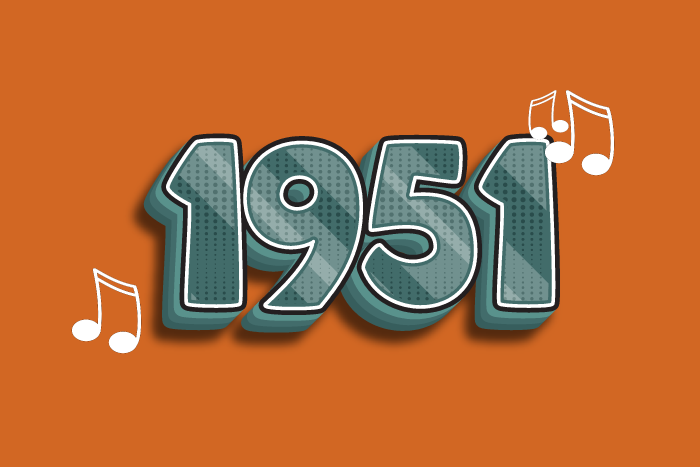That Year in Music 1951

1951 was a pivotal year in music history, with post-war Britain and America seeing a surge of creativity and innovation in the music scene. In Britain, the skiffle craze was starting to take hold, combining elements of jazz, blues, and folk music to create a raw and energetic sound that would influence generations to come. Meanwhile, in America, the rise of rhythm and blues was gaining momentum, with artists like Ray Charles and Fats Domino leading the way.
In the world of popular music, 1951 saw the release of some iconic albums that still resonate with audiences today. One of the standout releases of the year was Nat King Cole's "Unforgettable," a timeless collection of romantic ballads that showcased Cole's smooth vocals and impeccable phrasing. Another hit album from 1951 was Hank Williams' "Moanin' the Blues," which solidified Williams' reputation as one of country music's biggest stars.
On the birth front, 1951 was a big year for music legends. Sting, the frontman of The Police, was born in October of that year, going on to become one of the most iconic and influential figures in rock music. Also born in 1951 was Chrissie Hynde, the charismatic lead singer of The Pretenders, whose distinctive voice and songwriting style would help define the punk and new wave movements of the late 70s and early 80s.
In terms of cultural events, 1951 was a year of significant change in both Britain and America. In Britain, the Festival of Britain was held, celebrating the country's recovery from World War II and showcasing the best of British art, design, and music. Meanwhile, in America, the first commercial broadcast of a color television program took place, marking the beginning of a new era in entertainment.



